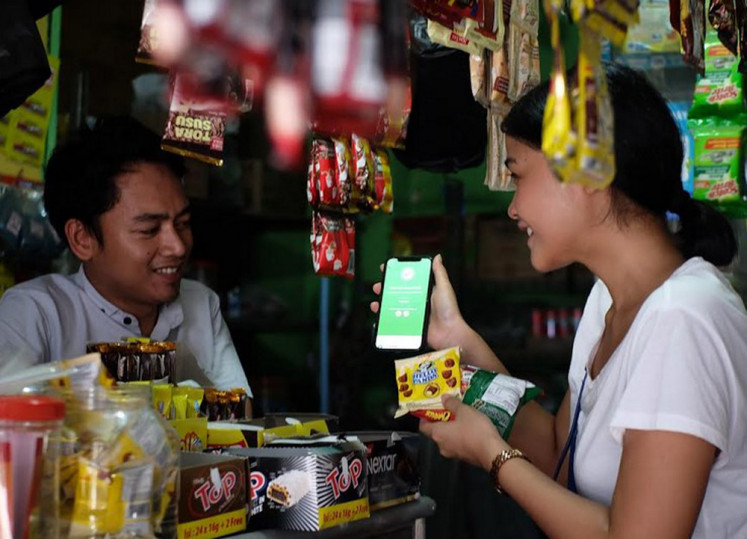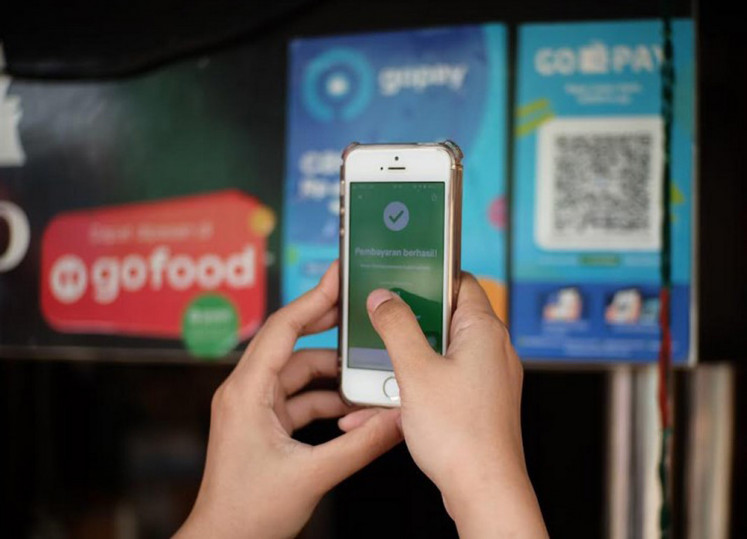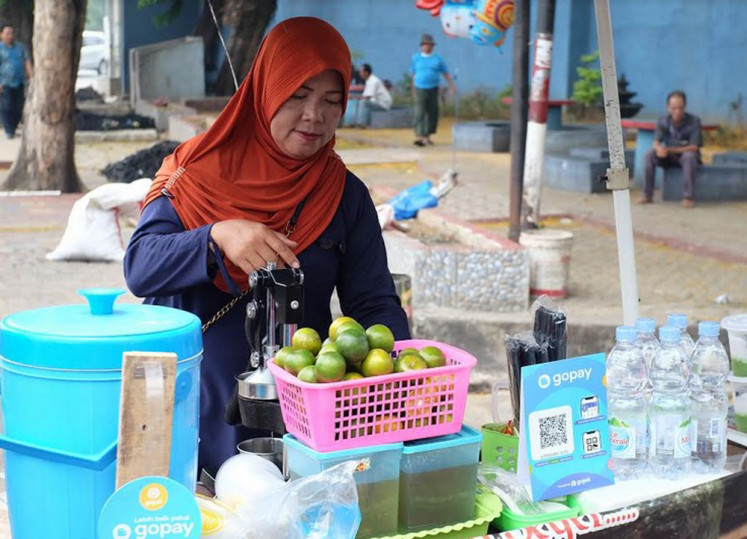
In today’s digital age, smartphones are starting to replace conventional wallets. Southeast Asia is regarded as a promising market for digital wallets. Furthermore, digital wallets are perceived to be dominating the growing fintech landscape in Indonesia, with a study finding that the e-wallet is the most popular fintech product in the country.
In recent years, regions across the world have been bracing for a cashless society. Southeast Asia is no exception.
The region has become a promising market in the global mobile-payment race, especially for non-banks attempting to build digital wallet platforms in the five largest economies in the region – namely Indonesia, Malaysia, the Philippines, Singapore and Thailand. Last year, the number of e-money transactions in these countries exceeded $10 billion on aggregate.
The digital wallet, also known as the e-wallet, is perhaps the most popular financial instrument in the region. E-wallets are more popular than debit and credit cards, according to a recent report by S&P Global Market Intelligence.

In Southeast Asian countries, e-wallets are available in various types of products, such as ride-hailing and e-commerce apps, and have transformed the way people make purchases. During the first years of their launch, digital wallets in ride-hailing apps processed approximately over $14 billion in annualized transactions.
Based on the total number of transactions, S&P Global Market Intelligence estimates that Indonesia has seen an increase in its e-money space from 9.6 percent in 2017 to 36 percent in 2018, driven mainly by GoPay, the e-wallet embedded in Indonesia-based ride-hailing app Gojek. The app has grown in popularity among Indonesians and become the favored way to circulate money in the Indonesian economy.
Non-banks have become the dominant players in the e-money landscape in Indonesia. As of August 2019, the percentage of funds in non-bank e-money issuers was 54.6 percent.
In Indonesia, banks held the majority share of the e-money market in 2018. But newer digital payment platforms, like GoPay, might break their stranglehold over the Indonesian market, S&P Global Market Intelligence stated. From its launch in 2016 to 2018, GoPay accounted for over 26 percent of digital transactions.
Ride-hailing companies, among the highest funded technology startups in Southeast Asia, have over 100 million users. Gojek says that it has roughly 27 million weekly active users, and half of them use GoPay. The e-wallet platform reportedly processed an annualized gross transaction value of $6.3 billion in 2018. Based on a percentage of last year’s transaction volume, Gojek is the second-largest e-money issuer in Indonesia.
In Indonesia, digital wallet platforms in ride-hailing apps collaborate with local banks to provide customers and merchants with access to financial services across their payment ecosystems.
Furthermore, in an attempt to build a stronger presence in the region, these firms also partner up with local banks in Southeast Asian countries. Gojek, for instance, strengthened its presence in Singapore by partnering with DBS Bank’s e-wallet Paylah, providing a digital payment option for Gojek users in the Lion City.
The trend of using e-wallets in Southeast Asia is apparent in Indonesia, the largest nation in the region. Digital wallets are the most popular financial technology product in Indonesia, according to a 2019 report by DS Research based on a study involving 1,500 respondents across the country.
As much as 82.7 percent of the respondents said they were aware of digital wallet services, 62.4 percent were aware of investment and 56.7 percent were aware of digital credit products or PayLater.
Digital wallets have also been the most used fintech product in Indonesia this year with almost 80 percent of respondents saying they currently use a digital wallet.

Thanks to the massive campaign of cashless transactions, more people are starting to use digital wallets in their daily lives. This year, digital wallets – like GoPay, OVOs and DANA – have been launching major campaigns to attract new customers. Trustworthiness, relevance and convenience of e-wallets are among the factors making e-wallets popular, almost unrivaled in the Indonesian fintech market.
Despite the higher public awareness of OVO, the DS Research report found that GoPay payment use outnumbered that of OVO. Roughly 99.5 percent of respondents said they were aware of OVO. That is slightly higher compared to the public awareness of GoPay at 98.5 percent. However, 83.3 percent of respondents said they used GoPay, compared with 81.4 percent of respondents who used OVO.
The study was conducted by DS Research and published by state-owned PT Bank Rakyat Indonesia (BRI) and its investment arm, BRI Ventures.